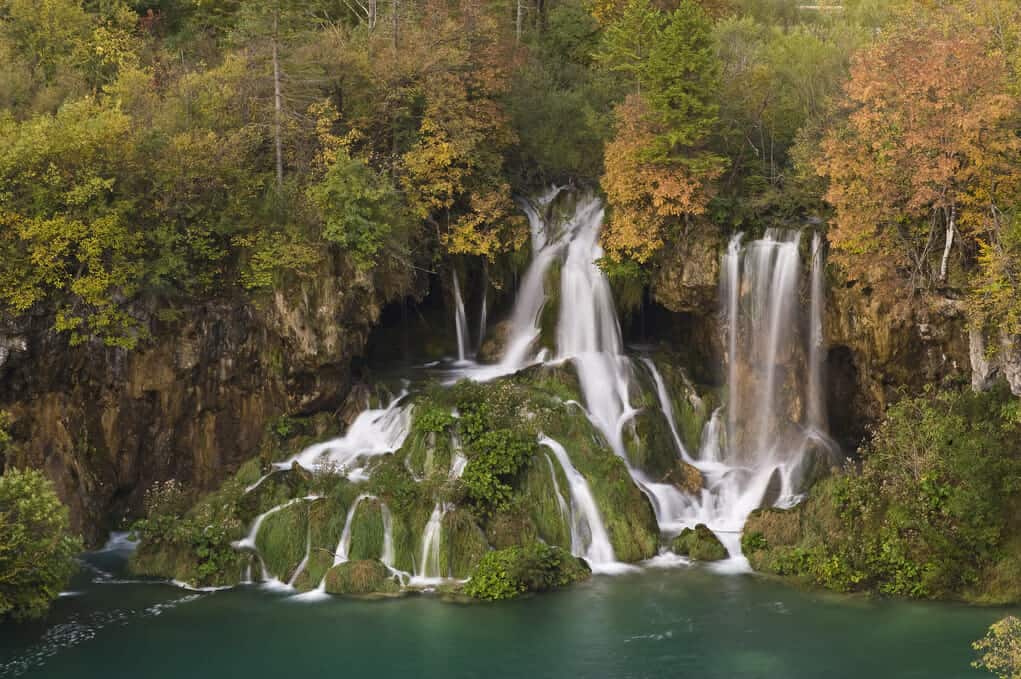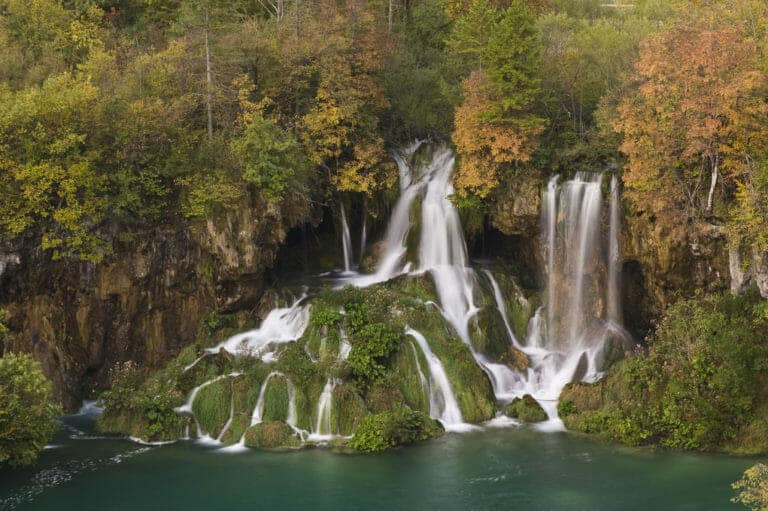Photo of Milanovac Lake in Croatia’s Plitvice National Park. (© Maurizio Biancarelli/ Wild Wonders of Europe)
Earth has a water problem.
Water crises in Cape Town and Southern California have shined a light on the plight of the planet’s fresh water in the face of climate change — and the critical role that nature plays in addressing today’s most pressing water challenges.
A new paper published in the scientific journal Ecohydrology and Hydrobiology looks at the gravest threats to our water security — and explores how nature can help us protect and manage the global water supply, sustainably. It’s this focus on nature-based solutions that drives the study’s “21 st century approach” to addressing the world’s water problems.
The paper makes the case that, while traditional engineering approaches have immediate benefits in addressing water problems, they can be costly to install and maintain, are often not designed well to respond to climate change and they impair the environment. These engineering and technology approaches are not enough to tackle water crises in the face of climate change, according to Ian Harrison, a freshwater specialist for Conservation International, and one of the paper’s co-authors. In a recent interview, Human Nature spoke with Harrison about the paper.
Q: What’s going on with the planet’s fresh water?
A: The World Economic Forum report for 2017 ranks freshwater supply at No. 3 on a list of the top 10 global risks in terms of impact on humanity. That’s surpassed only by weapons of mass destruction and extreme weather events.
Compounding these problems: climate change, which is affecting people now. Where I live in northern Arizona, last year we experienced the sixth driest fall and winter on record, and there is little indication that it is going to get better in the near future. The trees where I live are water stressed and less resistant to attack from pests like bark beetle, and so are more likely to die and provide fuel for fires. In addition, the drought in this area means that human water requirements are drawing down on already depleted supplies, so we are constantly making the problem worse. Even the mighty Colorado River is showing declining flows, and with increasing demands for freshwater, it could result in cutbacks in supply to Mexico, Arizona and Nevada.
Q: So, what does that mean for humans?
A: The simple answer: We’re using more water as the global population grows, and eventually we’re going to run out (in fact, in some places, we nearly have). For years, nations have tended to address the problem of water security by developing hard (or “gray”) infrastructure and technology (eg., dams and channels) that may deliver water to people, but they have had a serious impact on freshwater habitats and species, reducing the ecological integrity and the capacity of these ecosystems to deliver other important benefits. So while solving the immediate problem of getting freshwater to people, they’re creating more problems for the future.
Countries are looking at how to address this issue in the context of the Sustainable Development Goals (SDGs), a set of 17 overarching goals ranging from creating sustainable cities and ending hunger to conserving life on land and water. Our paper looks at the role of nature in achieving these goals. What we’ve seen is […]
Full article: We’re in a global water crisis. It’s time to turn to nature
More about nature’s solutions and systems:
Nature is teaching … are we learning?
UN promotes nature-based solutions to growing water shortages
Water for people or nature is a false choice.
Can a Wetland Help a Farm? Ask These Family Farmers



